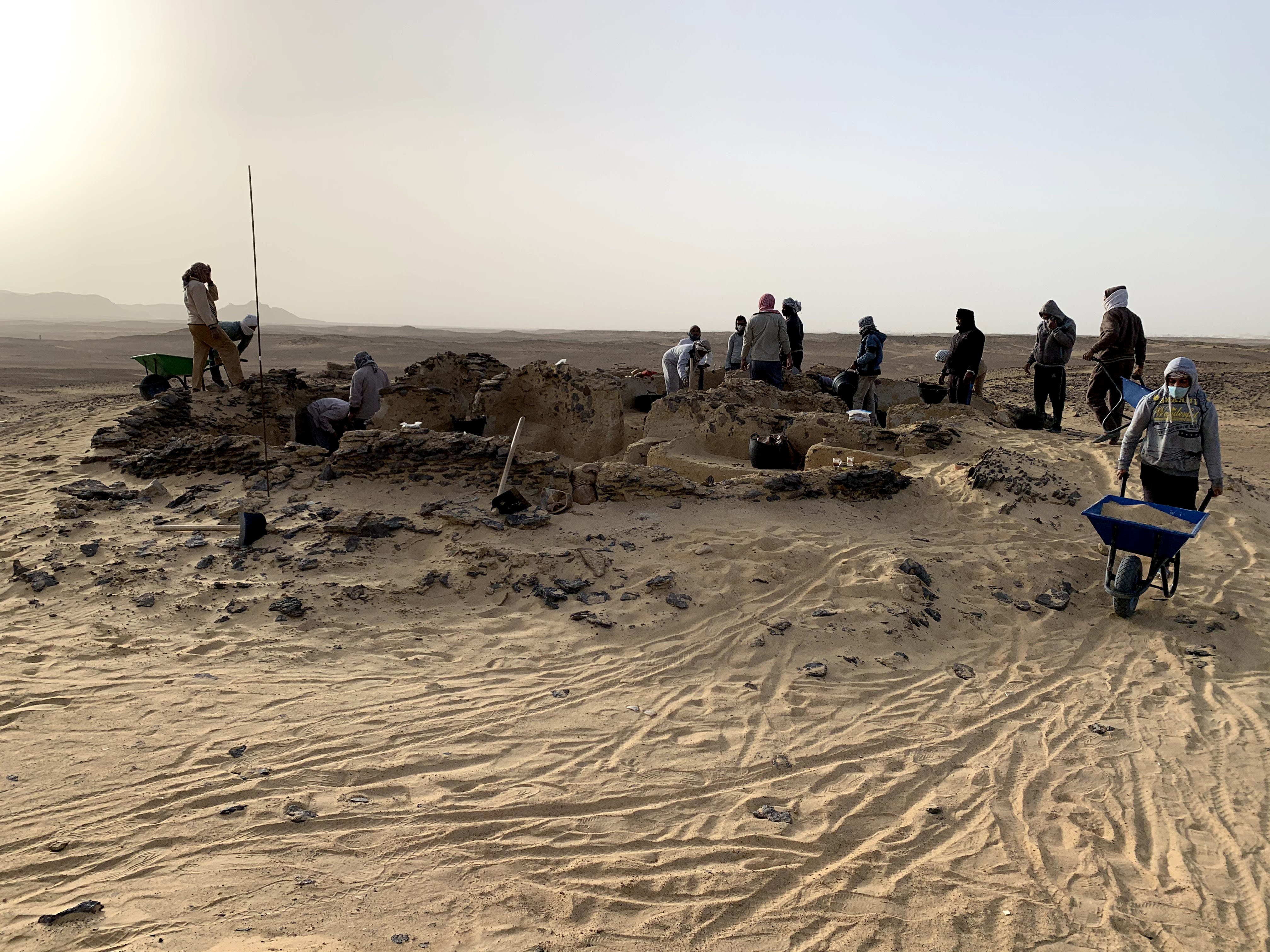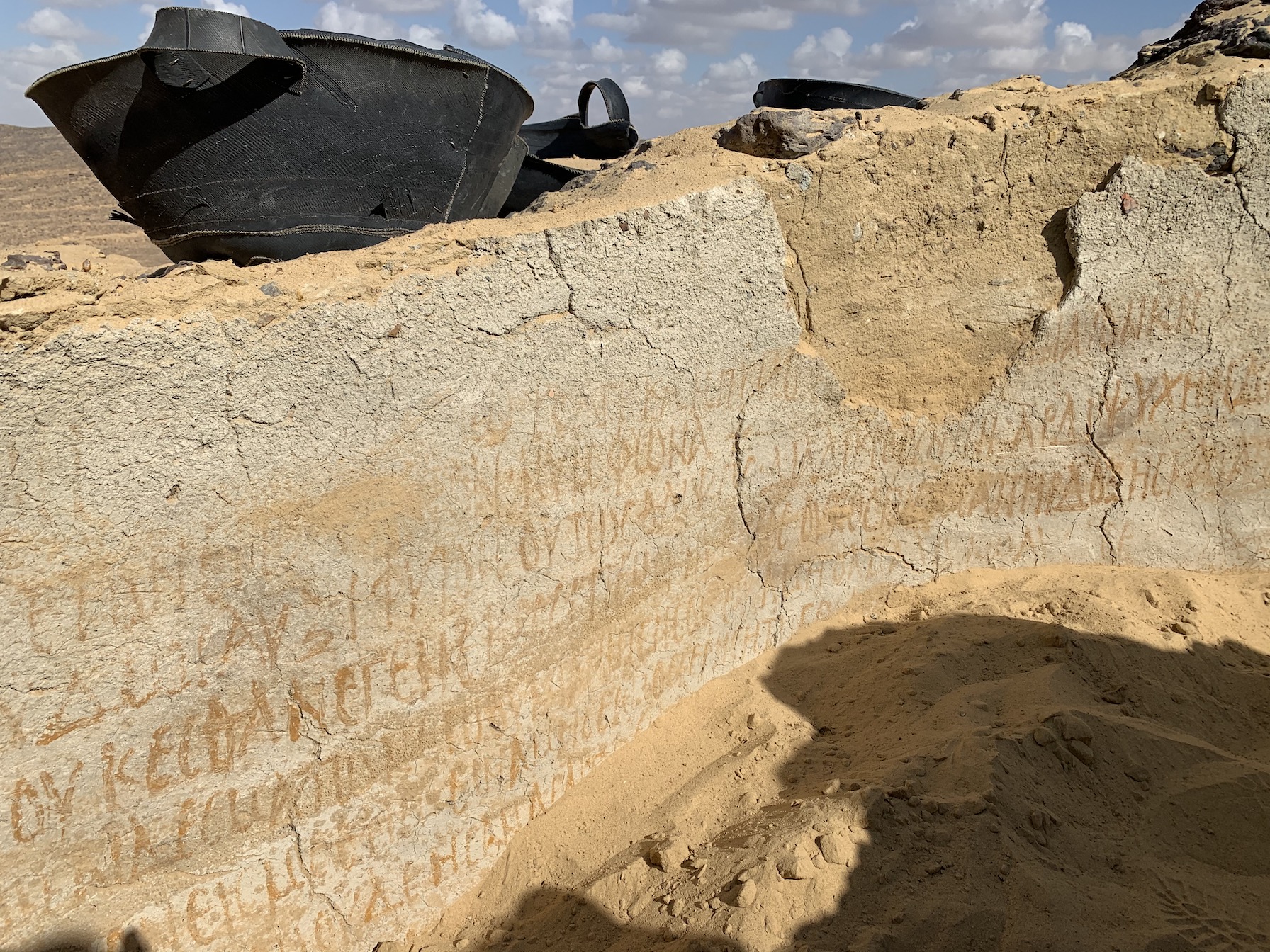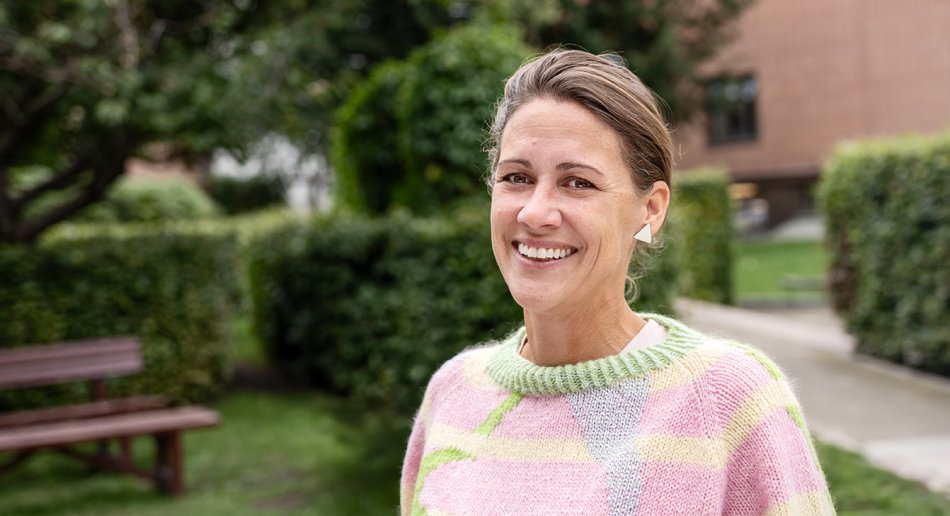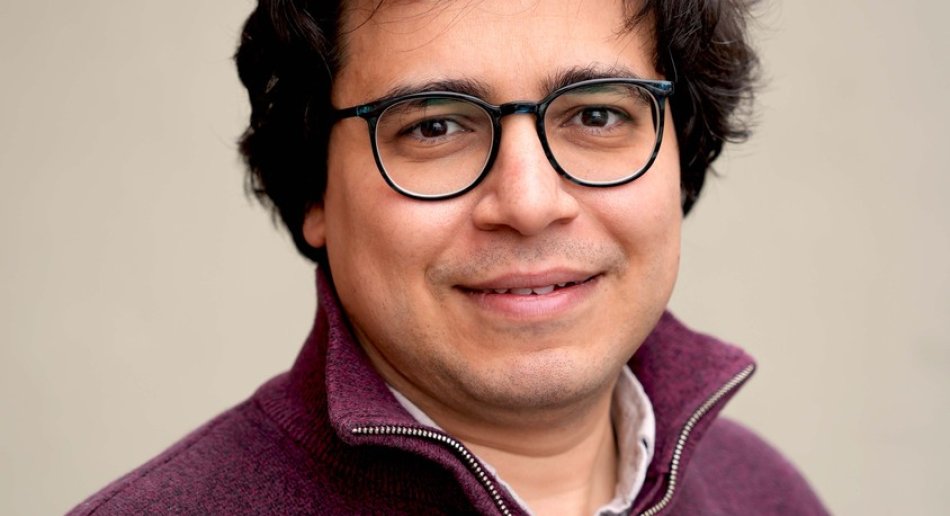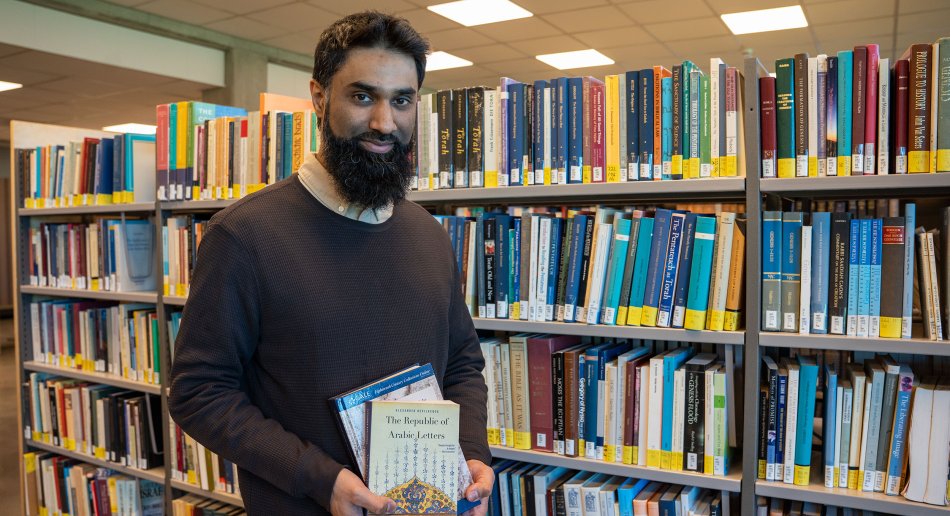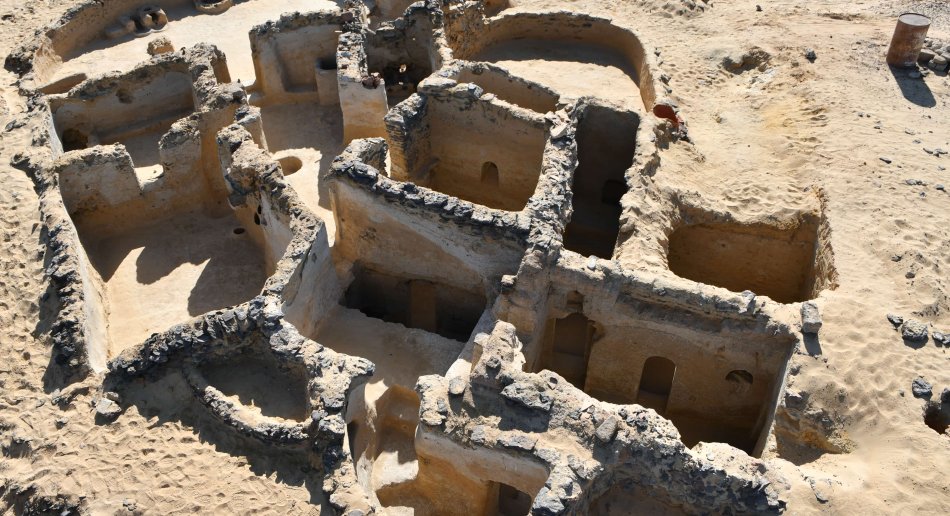
MF Excavates the World's Oldest Monasteries
In the 4th century, Christianity transitioned from being a forbidden religion to becoming the official religion of the Roman Empire, a change that had enormous consequences for Egypt and the empire as a whole. MF Professor Victor Ghica leads the prestigious DEChriM project. Through groundbreaking archaeological discoveries in the desert, researchers are delving deep into the Christianization of Egypt.
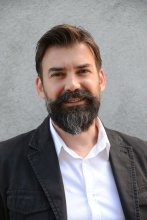
– Our findings in Egypt are changing the understanding of early Christianity. They show that already around 350 AD, well-established monastic communities existed on the fringes of the Roman Empire, which is extremely early, says MF Professor Victor Ghica.
A vast number of archaeological discoveries have been uncovered in Egypt over the past two decades, helping researchers understand more about how Egypt became Christianized. Victor Ghica is the lead researcher of the EU-funded DEChriM project. The research team is examining archaeological material from the 4th century.
These are extraordinary monuments, and they are extremely well-preserved.
Professor Victor Ghica
– During the 4th century, Christianity rapidly transitioned from being a forbidden religion to becoming the only official religion in the Roman Empire, he explains.
The team questions established narratives and aims to create a more precise and detailed picture at the local level during this period. – We are trying to create microhistories of Christianity for areas in Egypt where documentation is strong, says Professor Ghica.
– Like a Time Capsule
The research builds on the professor’s previous work over 25 years in Egypt’s western desert oases. The highest concentration of Christian material from the 4th century is found in the Kharga Oasis, which was abandoned at the end of the 4th century.
Facts about DeCHriM
DEChriMs full name is: «Deconstructing Early Christian Metanarratives: Fourth-Century Egyptian Christianity in the Light of Material Evidences».
DEChriM is funded by the European Research Council (ERC), from September 1st. 2019 to August 31st. 2025. The project is lead by Professor Victor Ghica and is a part of MF CASR.
DEChriM collects a large archaeological dataset from Egypt’s deserts, see the databases on the website.
– We excavate these sites almost as they were abandoned. It’s like a time capsule, says Professor Ghica.
– You remove the layers of sand and find everyday objects on the floor, untouched material that comes directly to you, like a letter from the 4th century. No one has opened the “letter” before you. You are the first to touch these things after they were touched by the people who used them – over 1600 years ago! It’s like opening a Christmas gift. There are many surprises, all the time.
Right: NEW, OLD TREASURES: Monastery walls in Bahariya, covered with texts from the Church Fathers. Some of the texts were previously unknown.
Photo: Victor Ghica
What has been the most surprising discovery?
– During the fieldwork, there were countless surprises. We even discovered a new, ancient road! This kind of discovery doesn’t happen anymore, because everything is supposed to be known. We also discovered a monastery that no one knew about before, in the Kharga Oasis. Beneath the monastery church, there were two beautifully decorated rooms that were incredibly well-preserved. The monastery in Bahariya stood out for how well-preserved it was, with two stories and many extraordinary texts from the Church Fathers written on the walls. Some of the texts were previously unknown!
The researcher emphasizes that everything the team has done in this project is new and original. They haven’t collected old data but have only looked for new data and interpreted it, as well as reinterpreted old data in new ways.
– Everything we do in this project is new; why we do it, the techniques, methods, approaches, and theories we use… DEChriM has been groundbreaking on so many levels.
The World's Oldest Monasteries
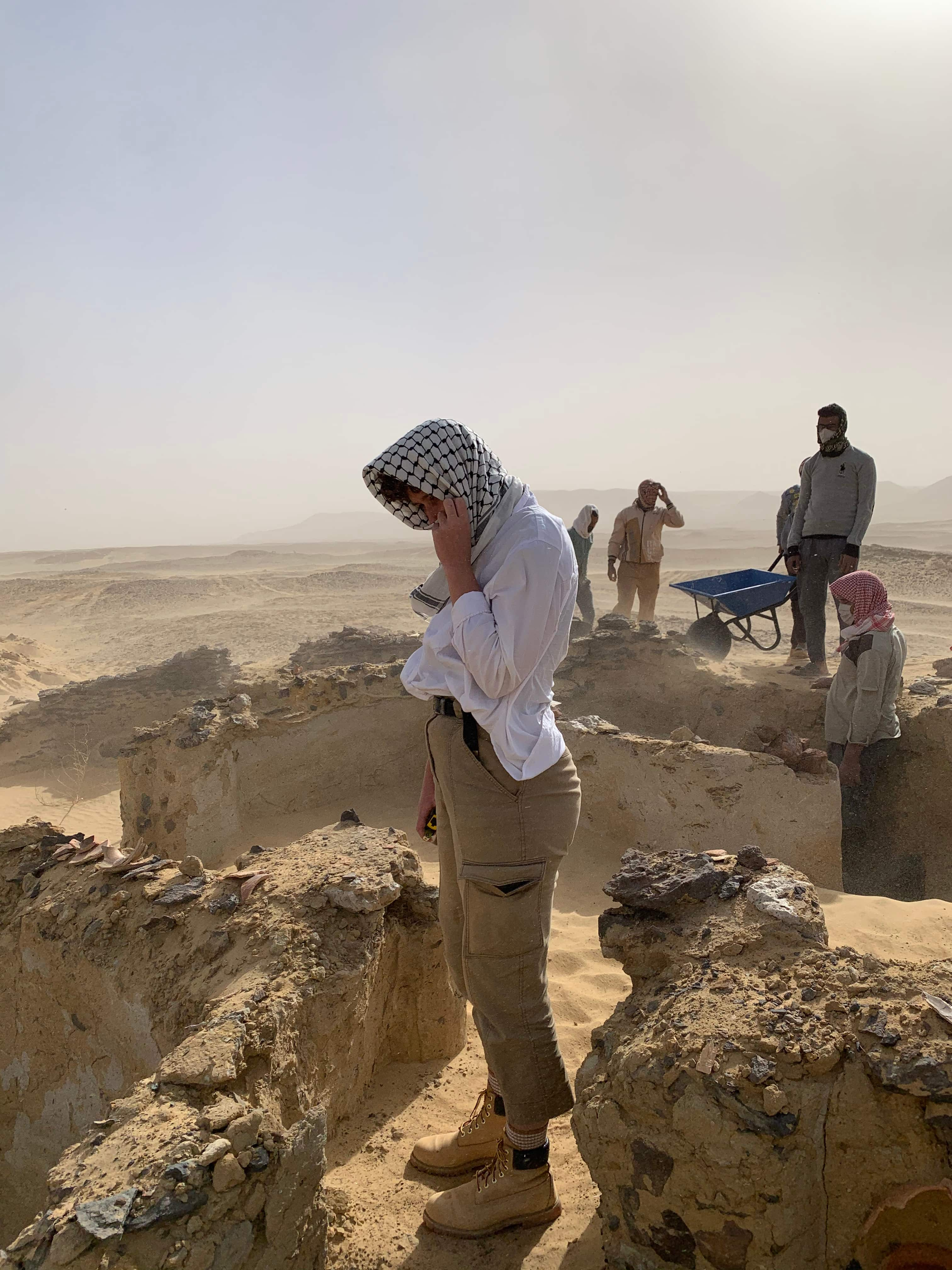
Photo: Victor Ghica
Victor Ghica, MF-research fellow Rhiannon Williams and the rest of the team have excavated five monasteries in the Kharga and Bahariya oases. These are now precisely dated to the mid-4th century.
– All the oldest monasteries in the world are located in Egypt’s desert, and we’ve worked on all of them. These monasteries were built about 30-50 years after Constantine the Great converted to Christianity, so we’re talking about the very earliest stages of archaeologically documented Christianity. These are extraordinary monuments, and they are extremely well-preserved. We are now excavating the oldest dated church in Egypt, says the professor of ancient and early Christian studies.
That we have secured datings confirming these are the world’s oldest monasteries we’ve excavated is nothing short of a world event, a sensation.
Rector Vidar Leif Haanes
No Coercive Evangelization
DEChriM’s deconstruction work suggests that Christianity was largely passed from person to person, without signs of coercive evangelization, as was previously believed.
–By the 3rd century, Christianity had already infiltrated the lower social classes in small, remote villages. From there, the faith gradually spread upward in society. The Christianization of Egypt was a long and complex process, says Ghica.
Through DEChriM, a large collection of 3D models of Christian structures and architectural reconstructions has been developed. Another major contribution is the 4CARE database, which collects data on 80 sites in Egypt related to Christianity in the 4th century, as well as over 1700 associated artifacts. The ceramic expert has classified many objects that appear to be good indicators of 4th-century ceramics.
– Dating is an important part of this project. It’s new that we can date the monasteries as accurately as we can now, through extensive carbon dating, but also through coins, glass, ostracon, and datable texts, says Professor Victor Ghica.
MF-rector Vidar L. Haanes is professor i Church history. He says: – That we have secure datings confirming these are the world’s oldest monasteries we’ve excavated is nothing less than a world event, a sensation. It’s impossible to overstate the importance of the monastic movement for the church. And it all started here in Egypt’s desert in the 4th century.
Photo: Rhiannon Williams

